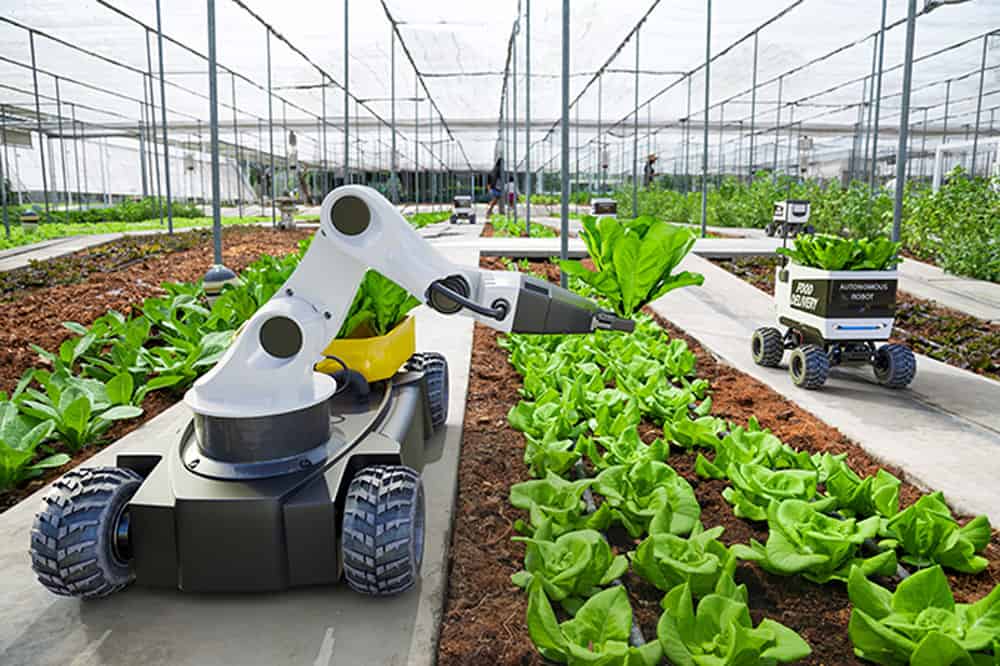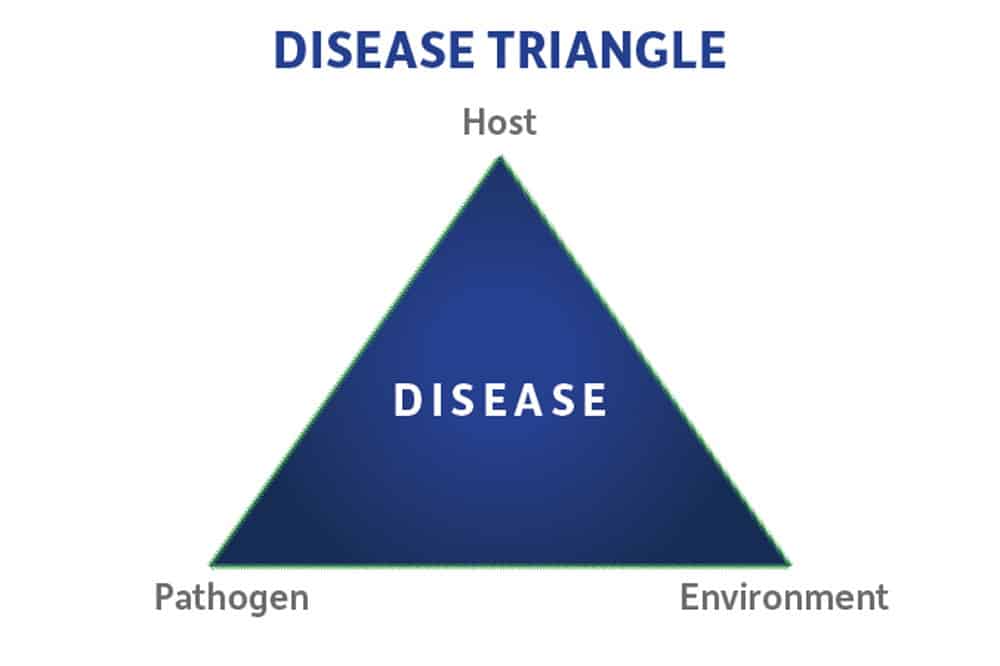They are finding several options to get the best out of their fertility programs.
Nutrient-use efficiency. The concept has become widely discussed, from farmers to agronomists, becoming increasingly important in recent years as farmers face increased challenges, including the need to sustainably increase food production 60 percent by 2050.
Growing our food sustainably means farmers must protect the environment and the Earth’s natural resource base, while maintaining and even improving soil fertility. This is where nutrient-use efficiency comes into play and why it is becoming increasingly part of growers’ yearly planning.
Doing good for the planet also increases economic viability. Although fertilizer prices have recently come down slightly, prices had soared over the past few years and growers, more than ever have been laser-focused on protecting their Nitrogen investments. Luckily, growers can become more efficient with all their inputs by understanding how nutrients play an important role in supporting healthy, balanced plants.
Knowing Plants and Their Environment
By understanding how plants interact with their environment growers can support nutrient-use efficiency in multiple ways.
First, it’s important to start at the root of the problem, quite literally. Growers can use tools to support healthy and ongoing root development in their crop. The stronger and more robust the root system for a plant, the better they can uptake and use nitrogen and other essential nutrients for their development and fruiting processes.
While the roots are stationary, nitrogen is mobile. This means it can leach, or move, away from the root zone of the plant and be out of reach for the plant to use. Farmers must use other methods to support their crops and ensure they are able to use the Nitrogen when it is available. Balancing the micro and macronutrients can help a crop’s health and make them more able to utilize nitrogen when it is applied.
Consider sulfur, which is the fourth most essential macronutrient behind nitrogen, phosphorus, and potassium. Sulfur helps plants absorb nitrogen better, thereby keeping it from leaching and nitrifying.
Sulfur on its own is also a vital nutrient. Like nitrogen, sulfur is important in the production of amino acids and chlorophyll which are critical to help crops grow and effectively reach yield potential. Higher yields on less acreage, with less needed resources, is key to feeding the growing world population.
Like sulfur, calcium is a secondary macronutrient but still an important one in the nutrient-use efficiency landscape.
Calcium promotes nutrient-use efficiency by maintaining and improving plant vigor. Without this essential nutrient, plant growth would slow and offset the benefits of other nutrient additives. Specifically, calcium helps build cell wall strength and prevents shrink and bruising in crops like potatoes after they’ve been harvested.

Micronutrients such as zinc, manganese, and several others also play key roles in nutrient-use efficiency. They are essential to the proper utilization of all macronutrients, and they are important on their own for healthy plant growth and subsequent yields.
Zinc, for instance, is critical for plant enzyme function. It is also required for plant hormone production and carbohydrate metabolism. It also has a major impact on photosynthesis. Zinc plays a key role in a crop’s leaf size, which is vital in converting sunlight into carbohydrates to grow. If the leaf surface is large, the crop will have better chlorophyll concentration, which equates to a robust plant.
The micronutrient manganese helps activate plant enzymes and aids in photosynthesis. It also helps nitrogen convert to nitrates for plant uptake.
Each of these nutrients play an important role for a healthy crop, helping it reach its full potential by being better able to produce key functions. They also help plants more efficiently use added nutrients and resources, maximizing the return on investment for farmers.
Biostimulants and Hormonal Support Gaining Interest
Biostimulants, which have been used in agriculture for more than 130 years, are also commanding more respect from growers for their ability to support nutrient-use efficiency in crops.
Adding biostimulants to an integrated approach can help perform several functions that support a healthy crop from the inside out. These products can aid with drought tolerance, heat stress, improved root mass, and improve nitrogen-use efficiency.
Of course, with the many types of tools to help support plant health, finding the right fit for the crop’s needs and environment is critical. Farmers must work closely with trusted partners who will listen to them and their specific concerns to find the right solution and integrated approach, together. One thing is for certain, Biostimulant and nutritional products can play a critical role in increasing nitrogen use efficiency and protecting crop health, leading to a protection of overall yield potential.
Looking for crop solutions that can help growers maximize crop nutrients and water intake? Stoller’s plant performance products help support optimum growth when weather or stress conditions can cause imbalances. Learn more about how Stoller can help growers boost crop yield and quality by contacting a local subsidiary.





 Argentina
Argentina Australia
Australia Belize
Belize Brazil
Brazil Chile
Chile China
China Canada
Canada Colombia
Colombia Costa Rica
Costa Rica Dominican Republic
Dominican Republic El Salvador
El Salvador Europe
Europe Guatemala
Guatemala Honduras
Honduras India
India Mexico
Mexico Nicaragua
Nicaragua Panama
Panama Peru
Peru Philippines
Philippines South Africa
South Africa Peru
Peru